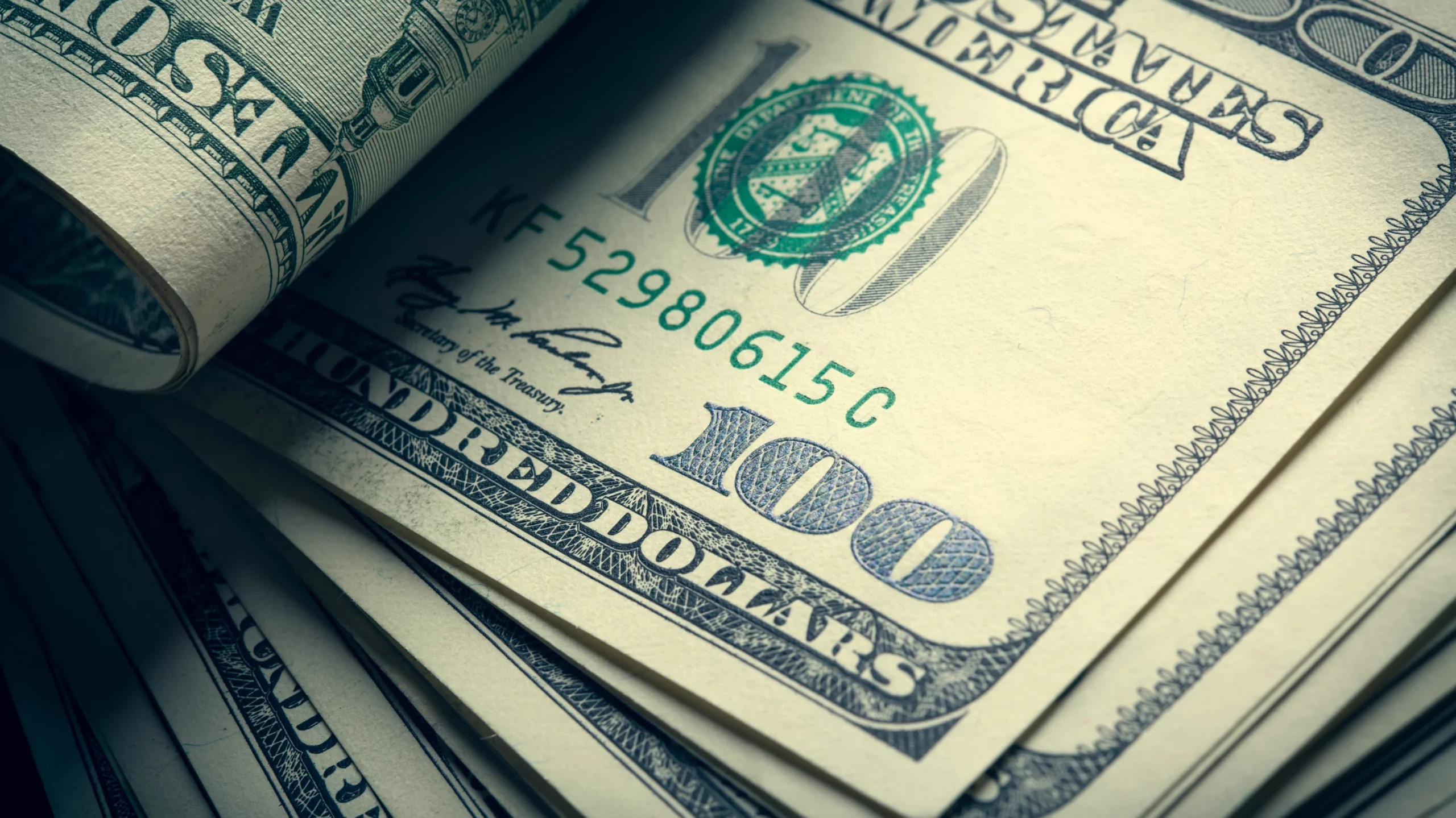On October 5, the U.S. dollar closed at R$ 5.17, hitting its highest mark since March 27. In contrast, the Brazilian stock market fell by 0.28%, touching a four-month low.
The dollar started steady but jumped after U.S. markets opened. At its peak, the currency hit R$ 5.19 around noon. Even so, the dollar has seen a 2.1% decline this year.
Tension also loomed in stock trading. The Ibovespa index hit 113,285 points, its lowest since June 5.
Despite gains in oil and mining sectors, retail stocks dragged the index down.
Globally, the dollar is on a winning streak, the longest in nine years. This rise comes as markets await a U.S. jobs report.

A strong jobs report could push the Federal Reserve to hike rates again this year.
In the U.S., Treasury rates touched their highest point since 2007. Such highs can cause capital to flee from emerging markets, including Brazil.
Inside Brazil, rising oil prices complicate the Central Bank’s plans. The bank aims to cut its Selic rate by 1% by year’s end.
According to the bank, the dollar’s climb is pressuring wholesale prices.
Background Dollar Peaks, Brazilian Stocks Dip
In Brazil, the dollar’s rise has broader implications. For example, it makes imports more expensive, affecting inflation rates.
This could hinder the Central Bank’s efforts to curb inflation by lowering the Selic rate.
The dollar’s strength is part of a global trend. Currencies in several emerging markets are losing ground against it.
Such developments could lead to higher debt burdens for countries that owe in dollars.
Brazil’s Ibovespa is not alone in its struggle on the stock market front. Global indexes also show volatility, reflecting widespread investor concern.
Given the global tension, Brazilian assets could be seen as riskier, potentially slowing down foreign investment.
Therefore, both local and international contexts suggest caution in Brazil’s financial landscape for the near future.

